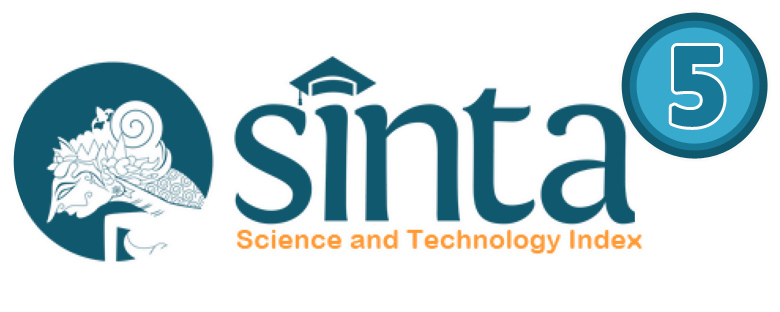Submissions
Submission Preparation Checklist
As part of the submission process, authors are required to check off their submission's compliance with all of the following items, and submissions may be returned to authors that do not adhere to these guidelines.- The submission has not been previously published, nor is it before another journal for consideration (or an explanation has been provided in Comments to the Editor).
- Articles that have been submitted are free from PLAGIARISM and other copyright infringements
- The format of the article being collected is in format Microsoft Word
- Submitted articles have been adjusted according to the TEMPLATE guide
- The text adheres to the stylistic and bibliographic requirements outlined in the Author Guidelines.
- The article is in accordance with the scope of the IJEERE journal
- Settings The number of scientific readings used as a bibliography is at least 10 titles (80% primary references and 20% secondary references).
- Articles are written and arranged based on the template for articles, with total of 06-11 pages
- The author upholds the copyright, privacy and ethics of scientific publications in the IJEERE Journal
- Maximum size for sending file is 4MB
Copyright Notice
This journal provides immediate open access to its content on the principle that making research freely available to the public supports a greater global exchange of knowledge. Articles are freely available to both subscribers and the wider public with permitted reuse.
All articles published Open Access will be immediately and permanently free for everyone to read and download. We are continuously working with our author communities to select the best choice of license options: Creative Commons Attribution-ShareAlike (CC BY-SA). Authors and readers can copy and redistribute the material in any medium or format, as well as remix, transform, and build upon the material for any purpose, even commercially, but they must give appropriate credit (cite to the article or content), provide a link to the license, and indicate if changes were made. If you remix, transform, or build upon the material, you must distribute your contributions under the same license as the original.
Privacy Statement
The names and email addresses entered in this journal site will be used exclusively for the stated purposes of this journal and will not be made available for any other purpose or to any other party.



















